This post may contain affiliate links. If you make a purchase by clicking on these links, I may earn a small commission at no extra cost to you. Read the disclaimer for more information.

The small city of Hue in central Vietnam is the cultural and academic heart of the country. Situated almost in the very centre of Vietnam, Hue was the capital city of the country during the rule of the Nguyen Dynasty which lasted from 1802 until 1945. It is the amazing historical sites from this era that makes Hue popular with travellers. I highly recommend stopping here for a couple of days as you travel through the country.
Things to do in Hue
The city of Hue itself isn’t anything special, though it does have a picturesque setting on the Perfume River. Its historical sites are amazing and I think that two days is a good amount of time to see the highlights.
Imperial Citadel
The biggest draw card to Hue is the Imperial Citadel where the Emperors ruled the country from around 1805 until 1945. The huge exterior walls equipped with forts and ramparts run for two kilometres on each side and are surrounded by a moat. Several gates lead in through these walls, and inside this is the Imperial Enclosure which is a citadel within a citadel, with another set of walls and a moat. This is where the Empire was ruled, and within this enclosure is the Purple Forbidden City, where the Emperor and his family lived.

Gate to the To Mieu Temple Complex in the Imperial Citadel
Unfortunately, much of the Imperial Citadel was destroyed by American bombing during the Tet Offensive in the Vietnam War, but the buildings are slowly being restored.
Entrance to the Imperial Citadel costs 105,000 Dong ($5.25) and it is within walking distance from the main hotel area across the river in Hue. I explored the Citadel by myself but I found that there wasn’t a lot of information around and often wasn’t sure what I was looking at. I recommend getting a guide or at least a decent guide book. The Citadel is also very large and requires a lot of walking to see it all, so get an early start to avoid the worst of the heat.
Tombs of the Emperors
The Emperors of the Nguyen Dynasty all wanted elaborate tombs to see them to the afterlife, and they are located all along the Perfume River (Song Huong). Some of these tombs are more impressive than others so there is no need to see all of them.
There are several ways to explore the tombs. If you want to go by yourself you could either rent a motorbike and self drive or hire a xe om (motorbike taxi) to take you around. You won’t have any trouble finding one. Make sure to agree on a price first.
The easiest and cheapest way to see the tombs is to take a tour. Many places offer tours by dragon boat along the river, stopping at the different tombs and pagodas. The tombs themselves are often located a fair way from the river, so I heard that it can be difficult actually getting to some of them from the docks. You have to take into account that you also have to pay for entrance to each tomb.

The tomb of Emperor Khai Dinh
I took a half day bus tour to see three of the Emperors tombs, including a stop at an incense making village and a martial arts performance. The tour cost $8 which covers the transport and the English speaking guide. The three tombs that I visited were of Emperors Minh Mang, Khai Dinh and Tu Doc. Entrance to each tomb costs 80,000 Dong ($4) so I had to pay a total of $12 in entrance fees on top of the $8 for the tour itself. If you want to save money and only visit one tomb, I highly recommend the tomb of Emperor Khai Dinh. It is simply stunning and was the highlight of my time in Hue.
River cruises and pagodas
I didn’t do any cruises, but there are plenty of dragon boats that run cruises up and down the Perfume River. I imagine that it would be quite nice at sunset. Lots of tours also include stops at the pagodas of Dieu De and Thien Mu.
Where to stay in Hue
We stayed at Than Thien Hotel on Nguyen Cong Tru Street and it is one of the best hotels we have stayed at in Southeast Asia. For $12 per night we got an incredibly clean, modern room with a lovely bathroom and air con, plus a delicious buffet breakfast included. Than Thien means friendly in Vietnamese, and the name suits this hotel perfectly. The staff are the friendliest I have met in Vietnam and will do anything for you to make your stay comfortable.
Where to eat in Hue
Vietnamese cuisine varies quite a lot throughout the country, but Hue cuisine has some true specialty dishes that we can apparently thank a fussy Emperor for. Try the Bahn Khoai (Rice pancake with shrimp and other tasty fillings and sweet peanut sauce) and Bun Bo Hue (beef noodle soup, Hue style). Here are a couple of places that we tried.
Hot Tuna
Located on the corner of Chu Van An and Tran Cao Van, this place serves up plenty of western and local dishes. Prices aren’t too bad but I thought that the serving size was a little small.
Across the street
I can’t remember the name of this restaurant, but it is located straight across from Hot Tuna and serves amazing food at super cheap prices. Bahn Khoai cost 25,000 Dong ($1.25), Bun Bo Hue cost 30,000 ($1.50) and a beer cost 12,000 ($0.60).
Why Not Bar
If you are in need of some western food, this place serves great pizza and draft beer on tap. Located on the corner of Tran Cao Van and Pham Ngu Lao, this is a nice spot to sit on the street corner and watch life go by.
Getting to and around Hue
At this time, the airport in Hue is closed down for an overhaul, so if you want to fly in you have to go to Da Nang and then make your way north to Hue. We arrived by overnight train from Hanoi which took around 15 hours. The sleeper bus is faster and cheaper but I hear is a lot less comfortable. I didn’t get any sleep on the train anyway so I would probably just take the bus next time as it is half the price.
If you don’t want to walk around the city, there are plenty of cyclos around that are dying to take you around town. For longer journeys take a xe om (motorbike taxi) which are also everywhere. You won’t even really have to look for one. They will find you!



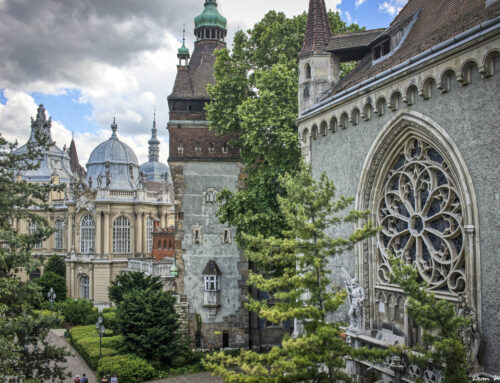
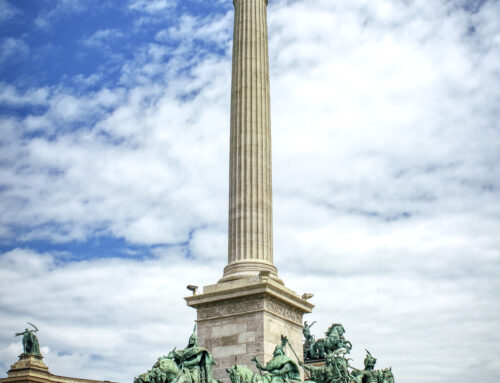
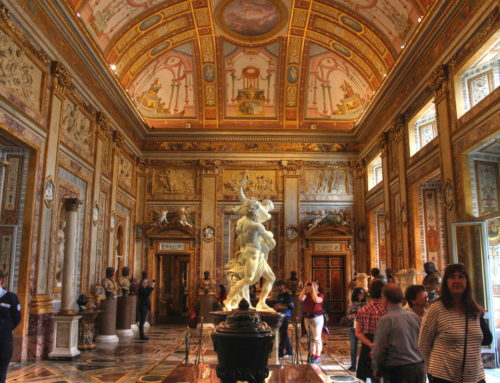
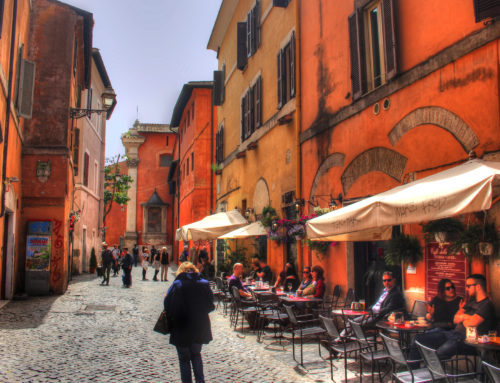
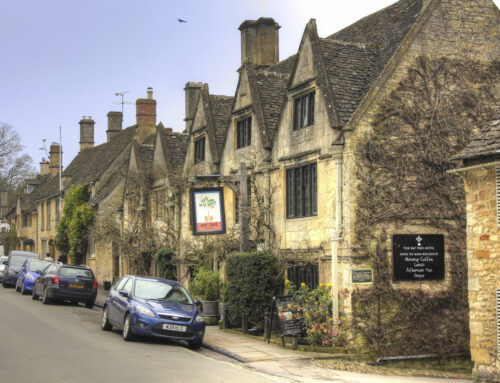
Great post! Do you have any laid out itineraries from trips you’ve done to Hue, Vietnam?
Hi Will. I try not to follow strict itineraries when I travel. Just a brief one and then the rest is made up as I go along. I like the freedom that gives me 🙂
Now I know what to do when I found my feet in Vietnam. This is very helpful.. thanks man..
Hi Tina. I’m glad you found the post helpful.
Sounds like a nice brief excursion. I’ll have to keep it in mind when make my way back to asia.
Hi Devlin. It is definitely worth spending a couple of days in Hue if you get the chance.
[…] The small city of Hue in central Vietnam is the cultural and academic heart of the country. Situated almost in the very centre of Vietnam, Hue was the capital city of the country during the rule of the Nguyen Dynasty which lasted from 1802 until 1945. It is the amazing historical sites from this era that makes Hue popular with travellers. I highly recommend stopping here for a couple of days as you travel through the country. Read more… […]
[…] a panorama of a placid coastal inlet in Central Vietnam. When we were travelling on the bus between Hue and Hoi An we stopped around halfway for a rest and toilet break. This was the view from our rest […]